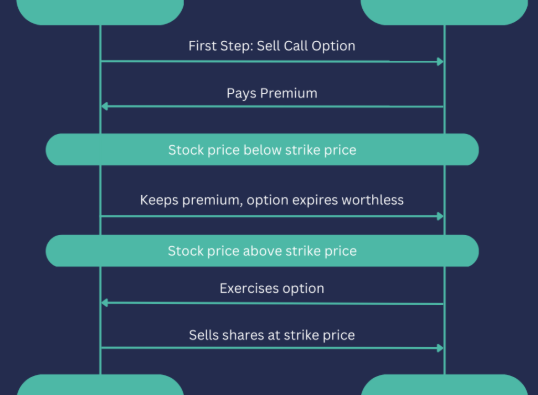
When planning your financial future, understanding the distinction between saving and investing is essential. Although the terms are often used interchangeably, they serve very different purposes. Saving is generally aimed at short-term needs, while investing focuses on building wealth over the long run. Knowing when and how to apply each strategy can have a major impact on your financial well-being.
What Does Saving Really Mean?
Saving involves setting aside money to use in the near future. It typically means placing funds in easily accessible accounts, like savings accounts or fixed deposits. The primary goal is safety and liquidity rather than high returns. Savings are commonly used for upcoming expenses—such as vacations, car repairs, or emergency funds.
Since there’s minimal risk involved, the return is modest. However, the benefit lies in having readily available funds when you need them.
Pros and Cons of Saving
Benefits:
- Offers immediate access to funds in emergencies.
- Carries little to no risk of losing capital.
- Helps with short-term financial goals and everyday spending.
Drawbacks:
- Limited returns due to low interest rates.
- Inflation can erode purchasing power over time.
- Missed opportunity to earn higher returns through other vehicles.
What Does Investing Entail?
Investing means using your money to purchase assets—like stocks, mutual funds, or bonds—with the aim of earning a return over time. Unlike saving, investing involves a degree of risk. Prices can go up or down, and returns are not guaranteed. However, it provides the potential to grow wealth significantly over the long term.
Investments are generally intended for goals several years away, such as retirement, buying property, or funding education.
Pros and Cons of Investing
Benefits:
- Can yield higher returns than traditional savings.
- Helps in achieving long-range financial goals.
- Diversifying investments may reduce risk over time.
Drawbacks:
- Market volatility can lead to short-term losses.
- Requires consistent monitoring and strategic planning.
- Success depends on risk tolerance and time horizon.
Common Ground Between Saving and Investing
Though fundamentally different, both saving and investing are critical components of a solid financial strategy. They both encourage disciplined financial behavior, involve setting money aside for future needs, and use designated accounts to manage funds. Whether saving for a rainy day or investing for retirement, both play a crucial role in financial stability.
Key Differences Between Saving and Investing
| Aspect | Saving | Investing |
|---|---|---|
| Objective | Short-term needs and emergencies | Long-term wealth building |
| Risk Level | Very low | Moderate to high depending on asset type |
| Return Potential | Low | Potentially high over time |
| Accessibility | Highly liquid | May require time to access or sell assets |
| Common Tools | Savings accounts, fixed deposits | Stocks, bonds, mutual funds, ETFs |
| Inflation Protection | Minimal | Generally better over the long term |
Real-Life Examples
Saving Scenario:
Suppose you’re planning a $2,000 trip. By setting aside $200 a month for ten months in a savings account, you can fund your travel without going into debt. Automated transfers from your salary account can simplify this process.
Investing Scenario:
Consider a 401(k) retirement plan. Through regular contributions from both employee and employer, funds are invested into a diversified mix of assets. Over time, this grows with compounding returns and tax advantages, making it a powerful tool for long-term financial goals.
When to Save vs. When to Invest
Saving is more appropriate when your financial goals are near-term or if you might need quick access to your money. This includes creating an emergency fund, planning for an upcoming purchase, or covering regular expenses.
Investing is suitable when your goals are further out—like retirement, buying a house, or funding your child’s education. Younger individuals, with time on their side, are typically better positioned to take on more investment risk for greater long-term gain.
As you grow older or get closer to your goals, it makes sense to shift towards safer investment options or increase your savings to preserve capital.
Which Is Riskier?
Saving involves minimal risk since your money is held in secure accounts. Investing, on the other hand, carries more risk due to market fluctuations and potential loss of capital. However, greater risk can also mean greater reward, particularly over extended timeframes.
Why Some Prefer Saving Over Investing
Many people gravitate toward saving because it offers peace of mind. They may be working toward short-term goals or prefer immediate access to their funds. Others might lack confidence in their investment knowledge or feel uncomfortable taking risks. Limited income can also prevent individuals from allocating money toward investments after covering essential expenses.
Common Barriers to Investing
People may avoid investing due to:
- Limited financial literacy.
- Fear of losing money.
- Following trends without a clear plan.
- Not understanding the time commitment and discipline required.
Overcoming these obstacles often involves education, starting small, and seeking professional guidance.
How to Allocate Between Saving and Investing
There’s no one-size-fits-all rule, but a helpful guideline is to save enough to cover three to six months of essential expenses. This emergency cushion should remain in a safe, accessible account. Once that’s in place, excess funds can be directed toward investments based on your goals and risk profile.
Age, income level, and life stage will influence how much you should save versus invest. As a general rule, the younger you are, the more you can allocate to investments.
Final Thoughts
Both saving and investing are crucial tools in building financial security. Savings provide a safety net for immediate needs, while investments offer the opportunity for significant long-term growth. Striking the right balance between the two depends on your financial goals, risk appetite, and life circumstances.
By incorporating both strategies into your financial plan, you can build a well-rounded approach that prepares you for the unexpected while positioning you for future success.









